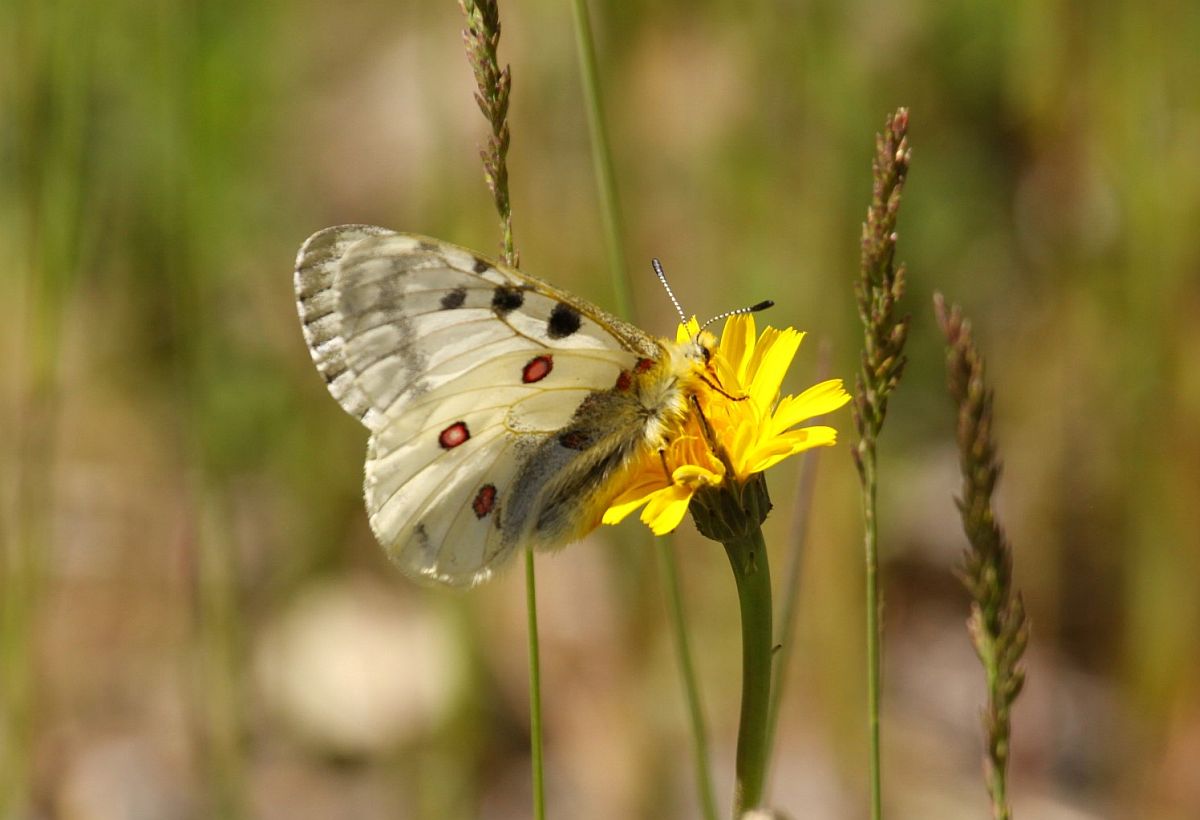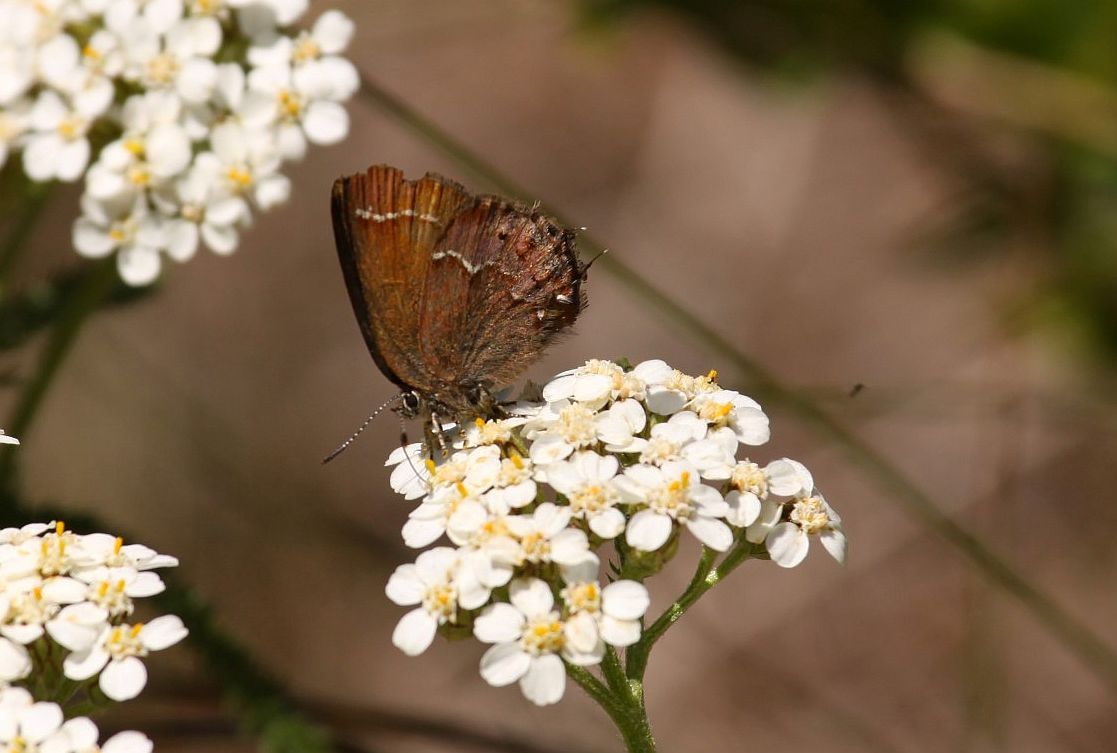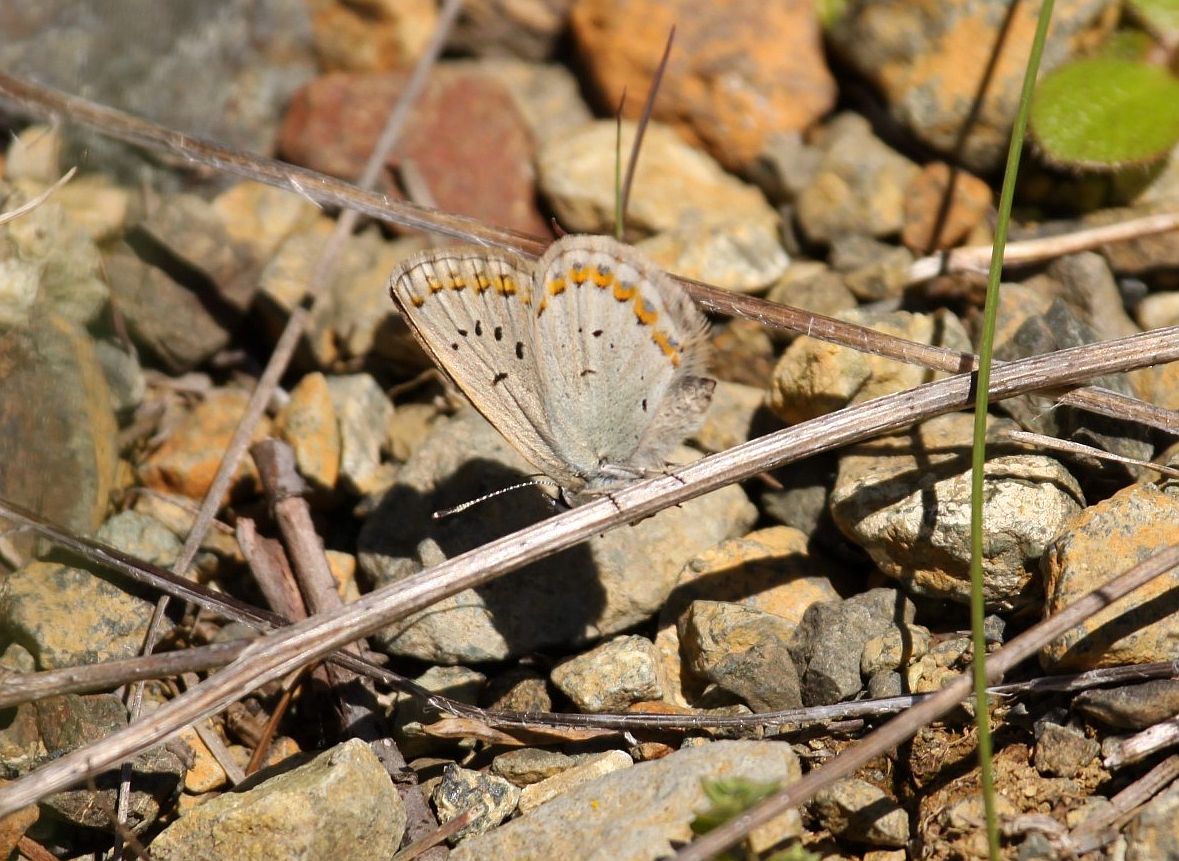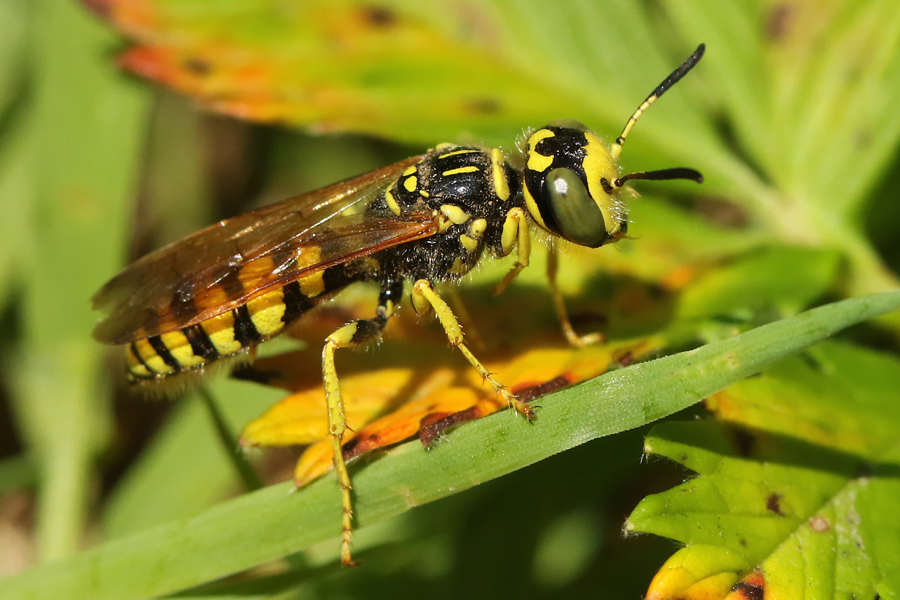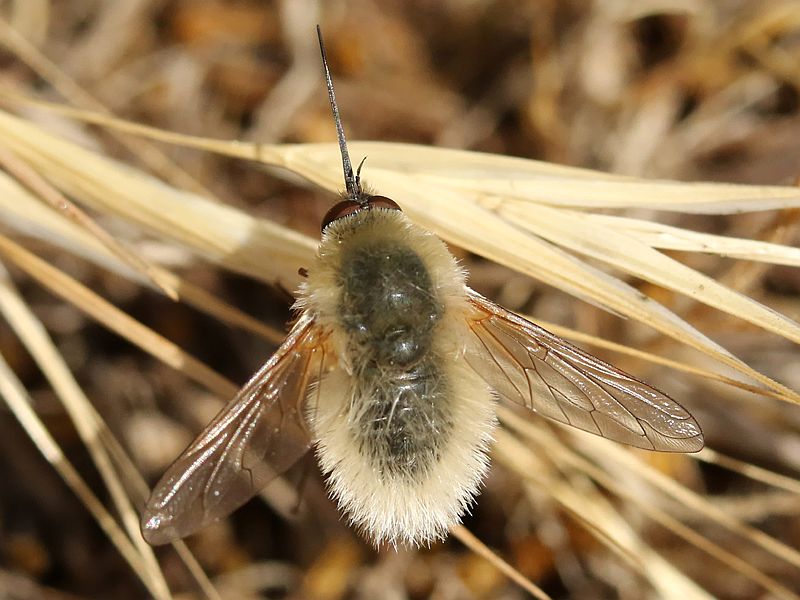2016 July 6
Annie Pang has drawn my attention to the following notice:
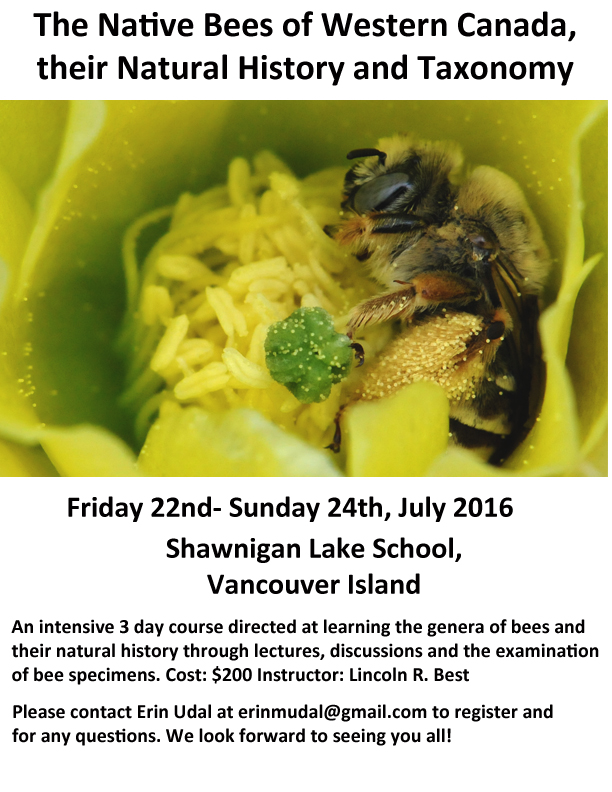

Jeremy Tatum writes: I have often wished that we had someone who could identify pictures of Hymenoptera that are submitted to Invert Alert, so I hope that someone might be moved to attend this course!
Jeff Gaskin writes: Today, July 6, I saw my first of the year Pine White in Cuthbert Holmes Park in a Douglas Fir tree. Last year on July 6th I saw my first Pine White and that time it was along Sooke Road. in Colwood.
Jeremy Tatum comments: Last year, 2015, the first Pine White was reported to Invert Alert on July 1, on Observatory Hill
Rosemary Jorna writes: I saw this insect in a garden on Kemp Lake Rd this afternoon July 6 2016. Jeremy Tatum comments: I got this wrong in the original version of this posting, misidentifying it as an ichneumonid looking for a beetle grub. My appeal for further help with the identification was answered by Libby Avis, who tells us that it is a horntail, Urocerus albicornis. It is not looking for a beetle grub at all. Rather, it is laying its egg in the wood, and its larva subsists upon the wood. Horntails are in the suborder “Symphyta” of the Hymenoptera, a suborder that also includes the sawflies. Thank you, Libby!
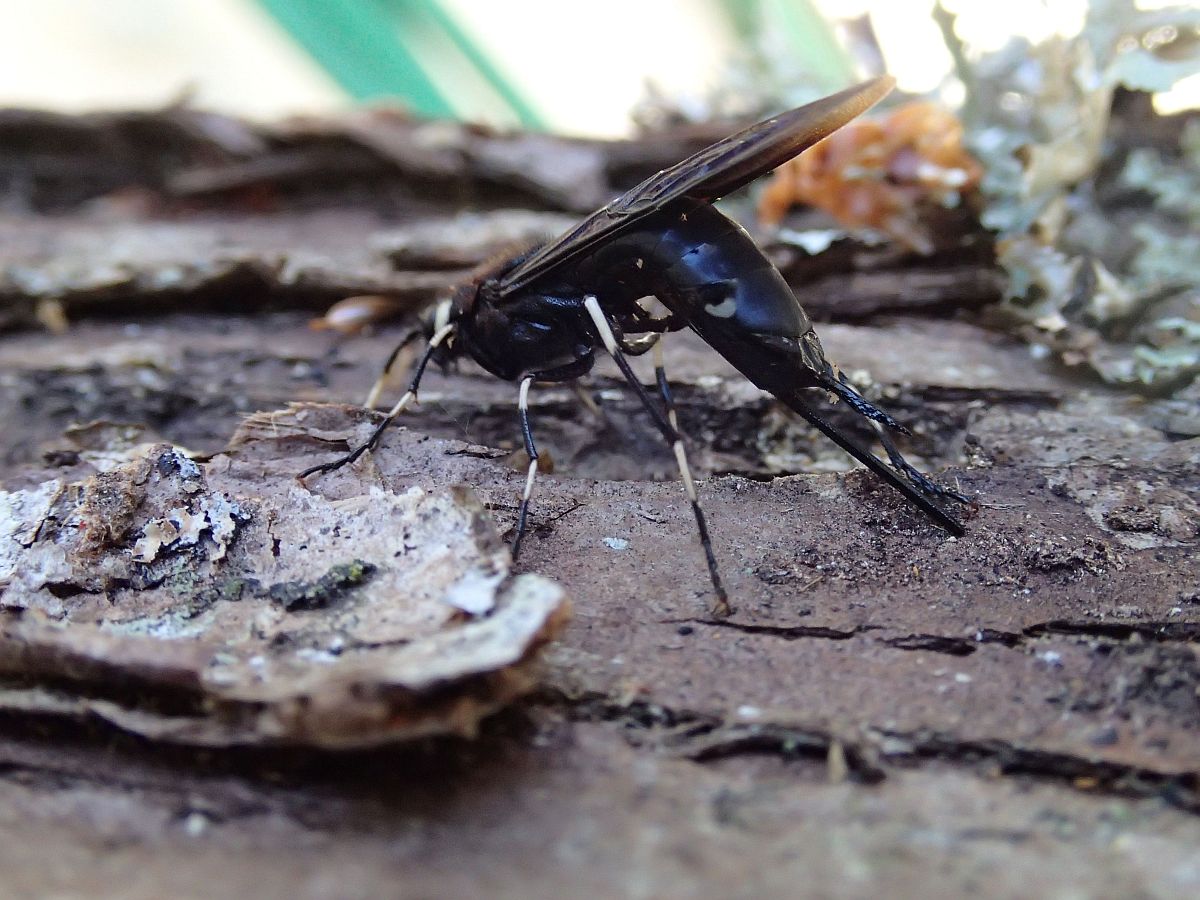

Horntail
Urocerus albicornis (Hym.: Siricidae) Rosemary Jorna
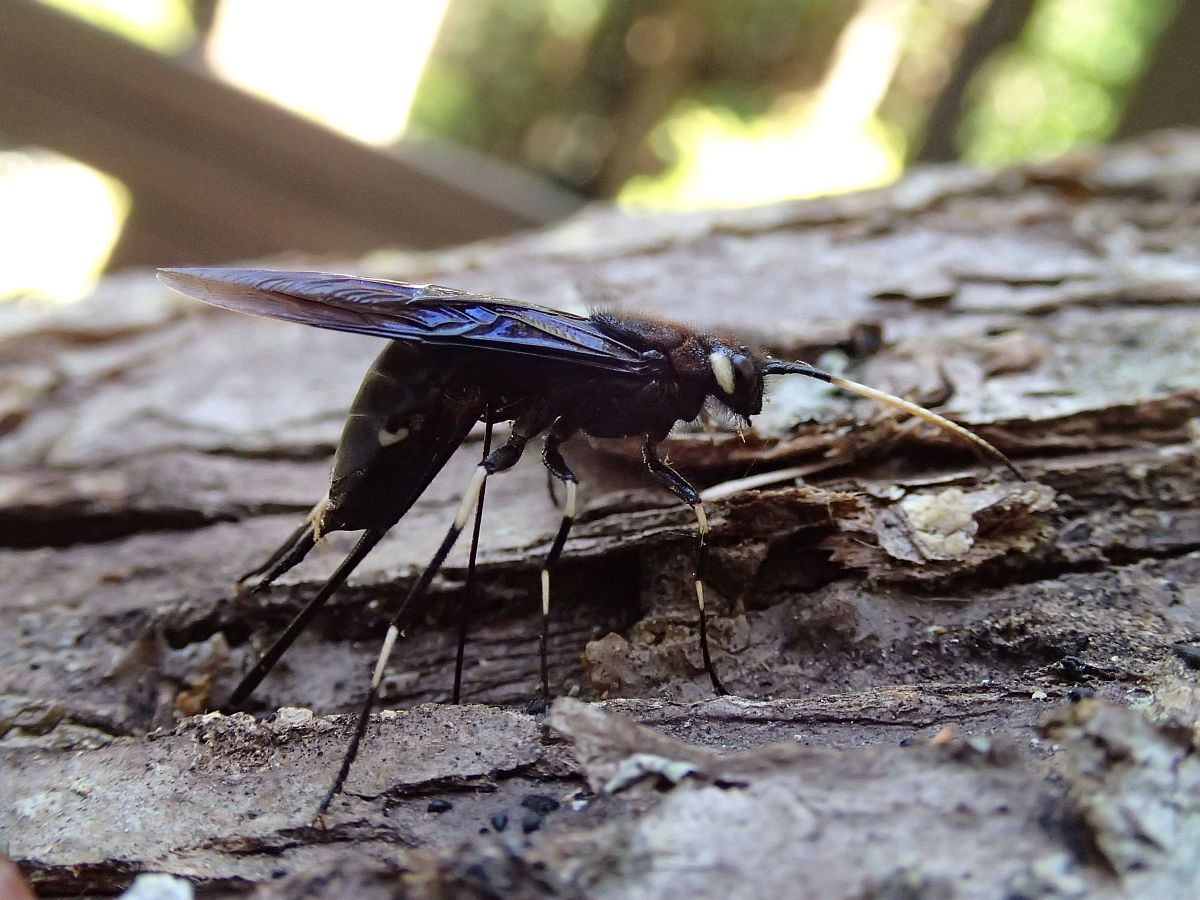
Horntail Urocerus albicornis (Hym.: Siricidae) Rosemary Jorna
Rosemary writes: There were four Western Tiger Swallowtails enjoying the sunshine. This one was flying well not at all hampered by the damage to its wings. Kemp Lake Road, July 6.


Western Tiger Swallowtail
Papilio rutulus (Lep.: Papilionidae) Rosemary Jorna
Rosemary continues: This Ladybird beetle was in a garden on the other side of Kemp Lake Road.

 Harmonia axyridis
Harmonia axyridis (Col.: Coccinellidae) Rosemary Jorna
Annie Pang writes: I got this picture at Gorge Park, Victoria, July 6, 2016 on Dogwood leaves. It was tiny so I was glad to get as close as I did.
Rob Cannings writes: This is a robber fly — Laphria ventralis (male). In Canada restricted to the southern Strait of Georgia region of coastal British Columbia. Normally, they are not what I’d call “tiny” (about 15 or so mm long) [Jeremy Tatum interjects: the few I have seen have been enormous!], but there can be considerable variation in size among specimens of a single species of asilid.
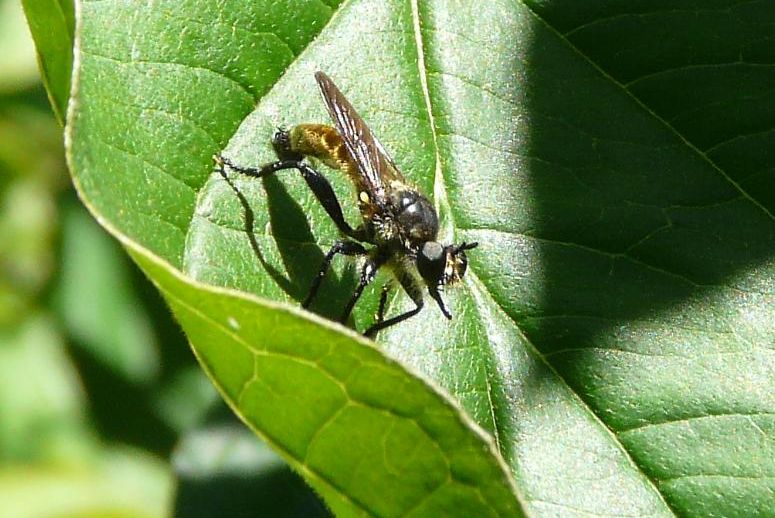

Robber fly
Laphria ventralis (Dip.: Asilidae) Annie Pang
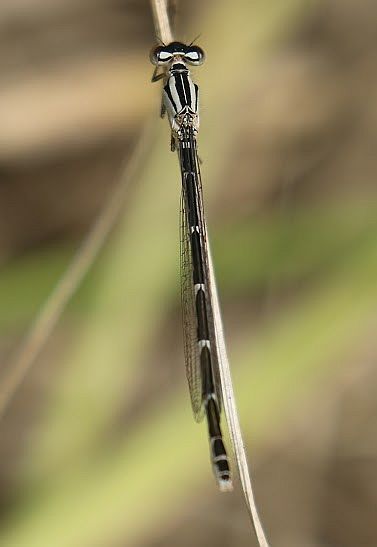
 Tule Bluet Enallagma carunculatum (Odo.: Coenagrionidae)
Tule Bluet Enallagma carunculatum (Odo.: Coenagrionidae)
 Tule Bluet Enallagma carunculatum (Odo.: Coenagrionidae)
Tule Bluet Enallagma carunculatum (Odo.: Coenagrionidae) 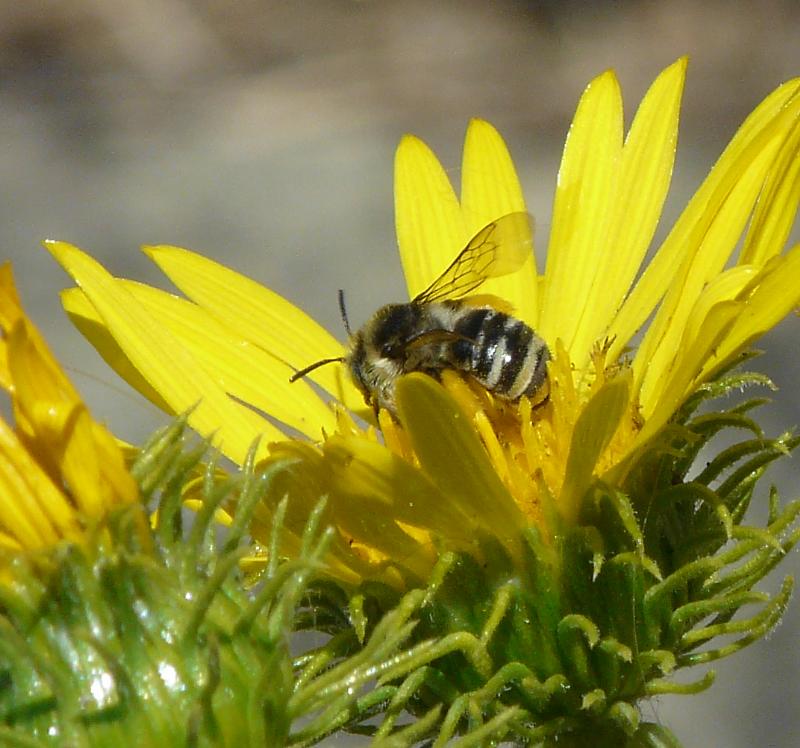
 Melissodes microsticta (Hym.: Apidae) Annie Pang
Melissodes microsticta (Hym.: Apidae) Annie Pang




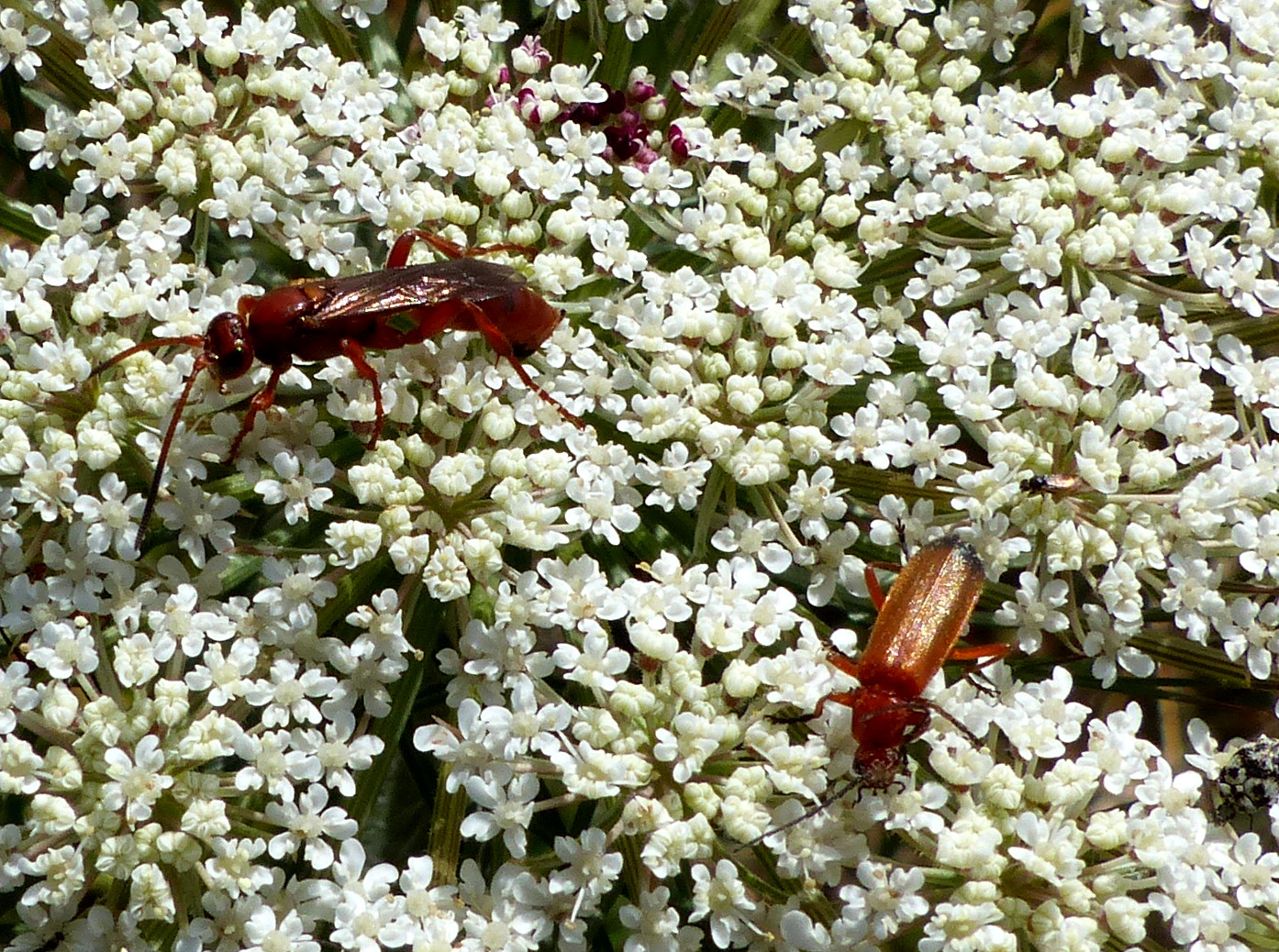

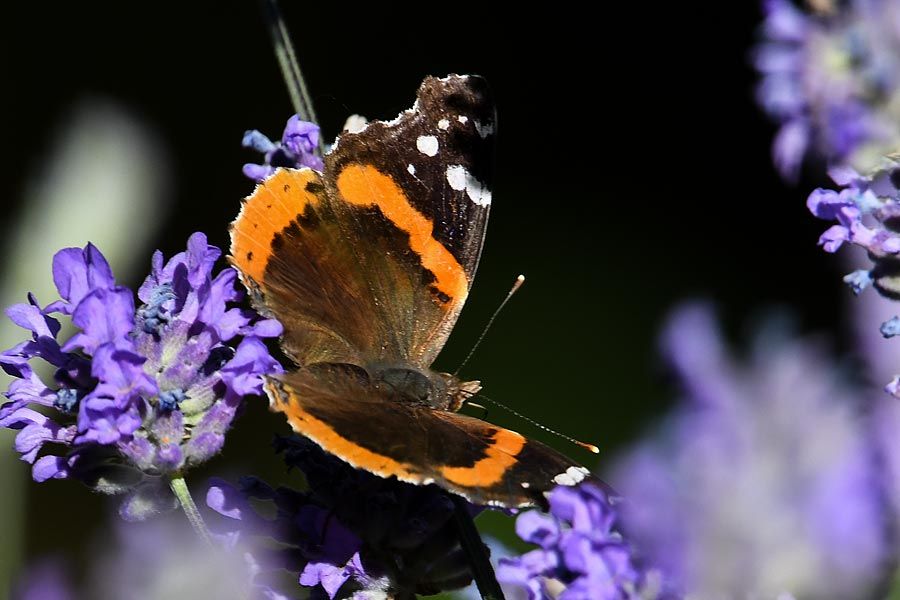
 Red Admiral Vanessa atalanta (Lep.: Nymphalidae) Mike Yip
Red Admiral Vanessa atalanta (Lep.: Nymphalidae) Mike Yip
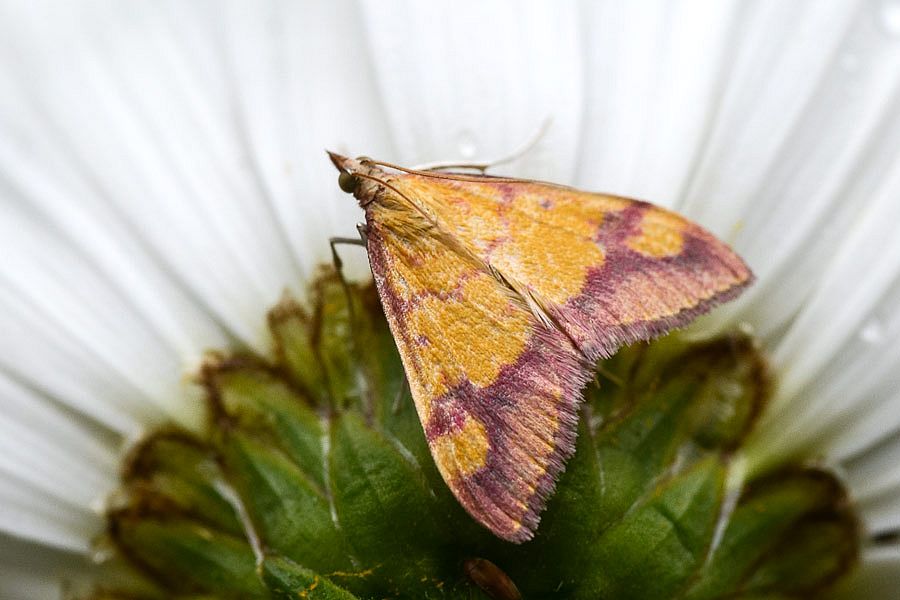
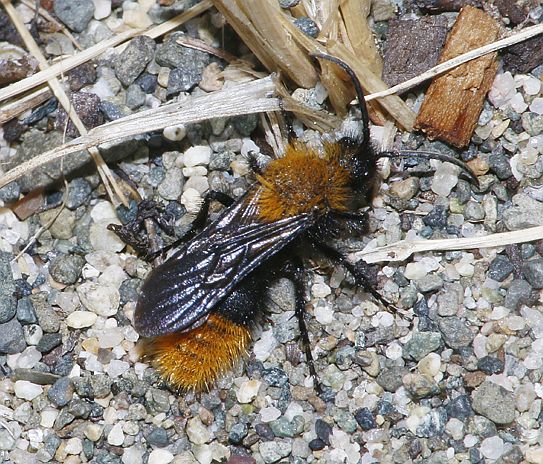
 Velvet Ant Dasymutilla sp. (Hym.: Mutillidae) Libby Avis
Velvet Ant Dasymutilla sp. (Hym.: Mutillidae) Libby Avis









